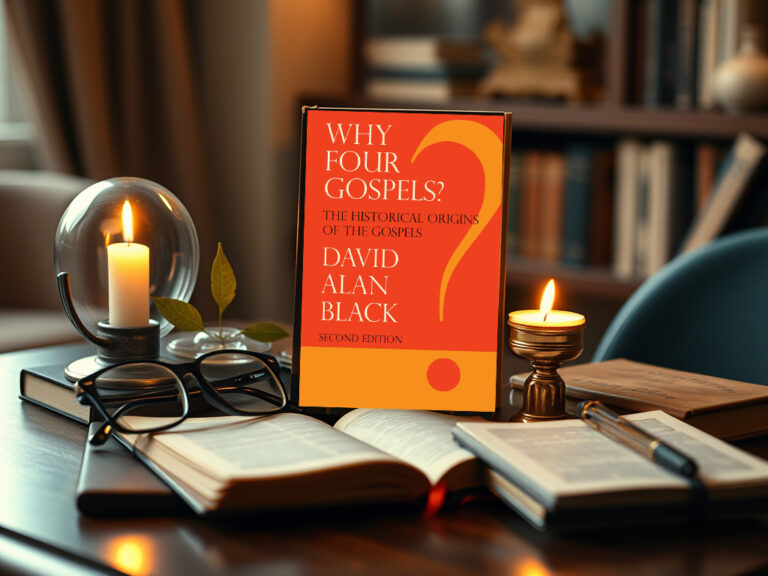The Church of Every Place, pt. 1.
by Darren M. McClellan
 How does one begin to define the mission of the church?
How does one begin to define the mission of the church?
For those with an historic commitment to “one Lord, one faith, and one baptism,” we might think that most Christians would respond with some consistency (something along the lines of disciple-making); but alas, much of our experience as the church would suggest otherwise. While certain qualities of the church’s mission must remain inviolate (in order to be Christian), this question must nevertheless be revisited with the coming of each generation and emerging context. The reason being, as Paul said, because we “see through the glass dimly” (1 Cor. 13:12).
Consider, if you will, a small slice of church history which I gladly summarize from the most impressive work of Darrell Guder in Missional Church: A Vision for the Sending of the Church in North America.
Beginning in the 16th century, the Reformers emphasized that a church exists wherever the gospel is rightly preached, the sacraments rightly administered, and church discipline is exercised. Declared in Protestant circles as “the marks of the true church,” they served as a means of identifying its essential nature and clarifying its mission. While these three “marks” might sound familiar to us today, these emphases were rather profound at the time, as they not only opened the doors for new possibilities, but also represented an intentional call for the church to reconsider its vocation in the world. No longer could the centralized power of the ecclesial institution serve as the sole dispenser of religious goods and services. Mission could happen wherever!
This is the positive side of this ecclesiological development. Accompanied by the arrival of the printing press, these newly conceived “marks of the church” asserted the authority of the Bible for the church’s life and proclamation as well as the importance of making that proclamation accessible to all people. This was one of the great shifts in the history of the church toward its reclamation of a missional identity, as witnesses to the gospel of Jesus Christ who were sent in the power of the Spirit to the ends of the earth. The mobility of Pentecost was slowly being rekindled, though a prevailing thought remained: the church exists wherever….
As with any definition, there are limitations. Notice the implicit emphasis on place. Despite the considerable merit of the active criteria, a peculiar consequence did arise. Recognized in a series of lectures given in 1991, mission theologian David Bosch observed that the churches shaped by the Reformation came to conceive the church as “a place where certain things happen.” This stagnate image was never the intention of the Reformers, but it happened. The refrain was never stated in any formal creed, but eventually became so ingrained in the practices of the church that it eventually became a presumed characteristic of the church’s self-understanding.
The influence of such thought with respect to the praxis of Christian mission is not hard for us to imagine. It has taken the church, in general, years to recognize the importance of witness and outreach beyond its literal walls. Many are still waiting for the world to come to them. In this case they are effectively waiting for death. As the formative itinerary of Jesus suggests, there is a time and place for the temple, but the great commission calls us to go to the ends of the earth. What good is resurrection if it stays in the tomb? In order for proclamation to do its work it must move beyond the boundaries of the cave. It is impossible to follow Jesus very long when cemented in the pew!
Regrettably, some churches never grab hold of this gospel imperative to “go” and end up closing in on themselves. If that is the extent of their witness, then perhaps they should. “Follow me” said Jesus, “and let the dead bury their own dead” (Mt 8:22).




